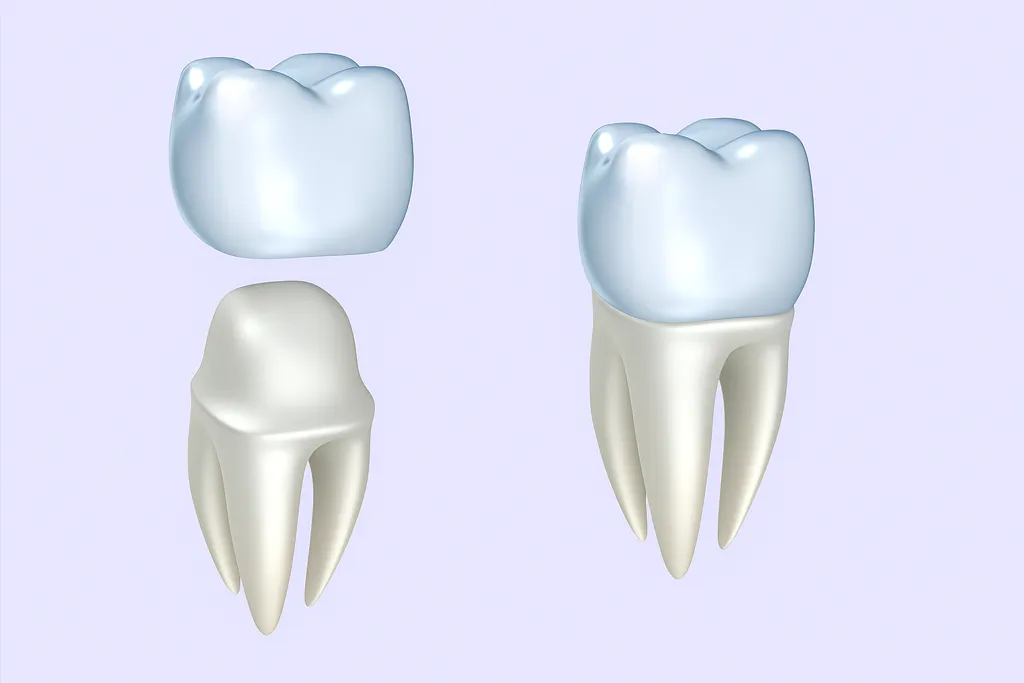Bone Grafting
Dental bone grafting is a surgical procedure used to restore or enhance the bone in your jaw where it may have deteriorated due to tooth loss, gum disease, or trauma. This added bone provides a stable foundation for future dental implants or helps preserve facial structure. It involves placing grafting material—either synthetic or from a natural source—into the area where the bone is lacking to encourage regeneration.

Who Is It For?
Bone grafting is recommended for patients who:
Have insufficient bone density to support dental implants
Lost a tooth a long time ago and experienced bone loss
Suffer from advanced periodontal (gum) disease
Need to prepare for certain restorative or cosmetic dental procedures
Your dentist will assess your jawbone with X-rays or 3D scans to determine if bone grafting is necessary before moving forward with treatments like implants.
Procedure Details
Assessment & Planning – Scans and imaging are taken to evaluate bone volume.
Graft Placement – The bone graft material is placed in the targeted area, either during tooth extraction or as a separate procedure.
Healing & Integration – Over several months, the graft material integrates with your natural bone, creating a stronger base.
Follow-Up – Once healed, your dentist can proceed with further restorative treatments such as implants.
The procedure is typically done under local anaesthesia and may involve sedation for added comfort.
Benefits of Bone Grafting
Creates a solid base for dental implants
Prevents bone loss and facial sagging
Maintains the natural shape of your jawline
Helps preserve oral function and bite alignment
Promotes long-term dental health
